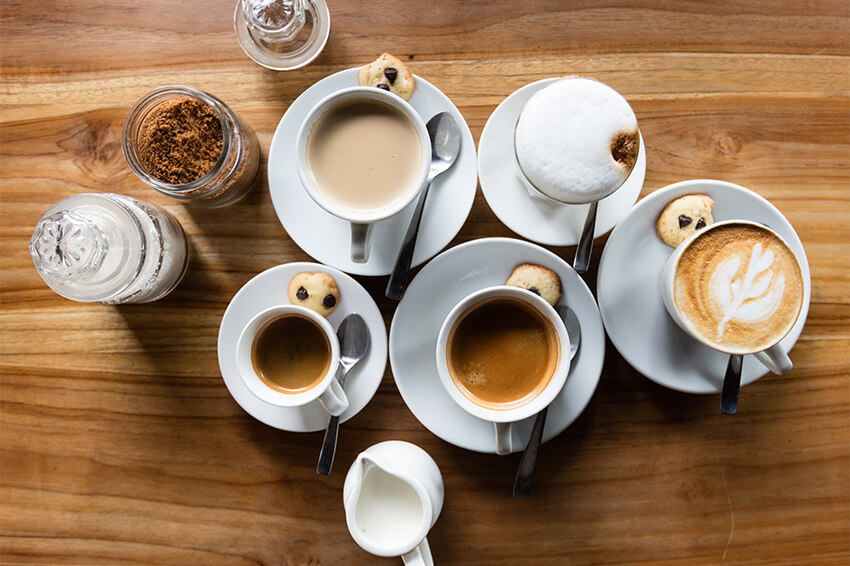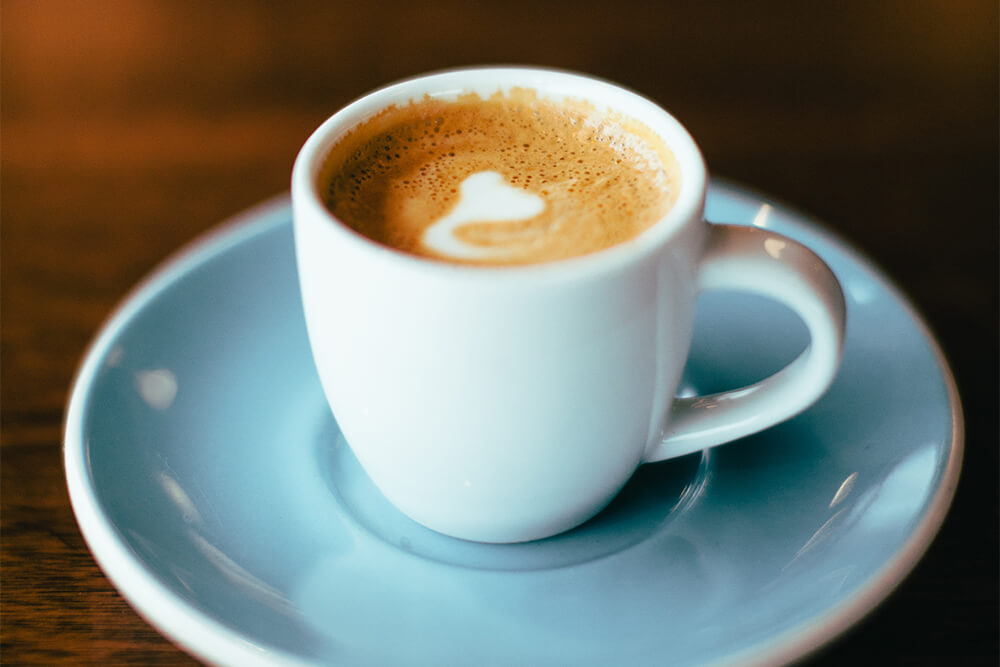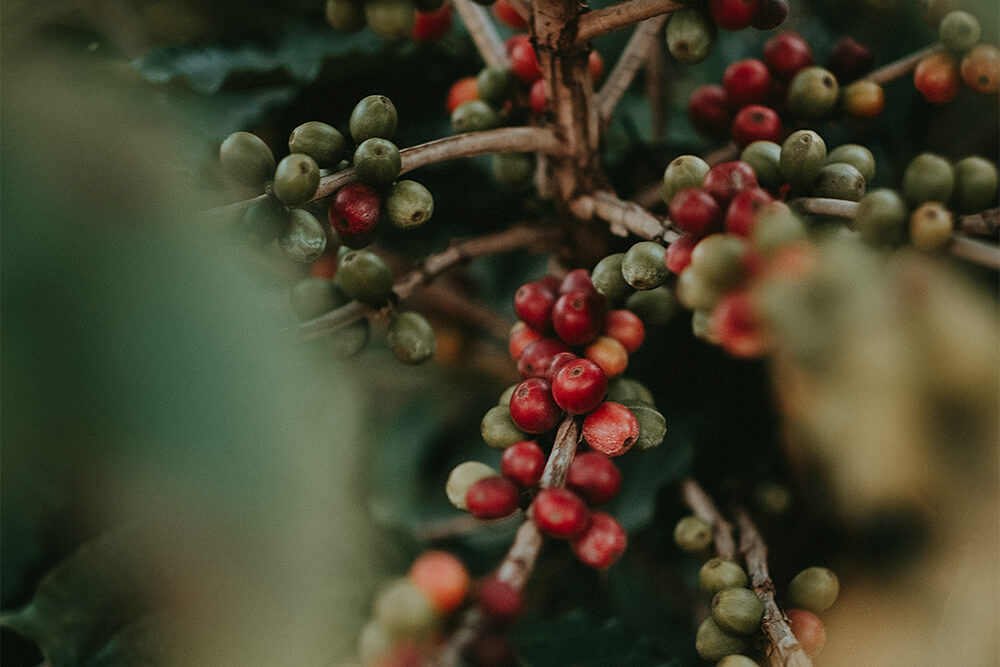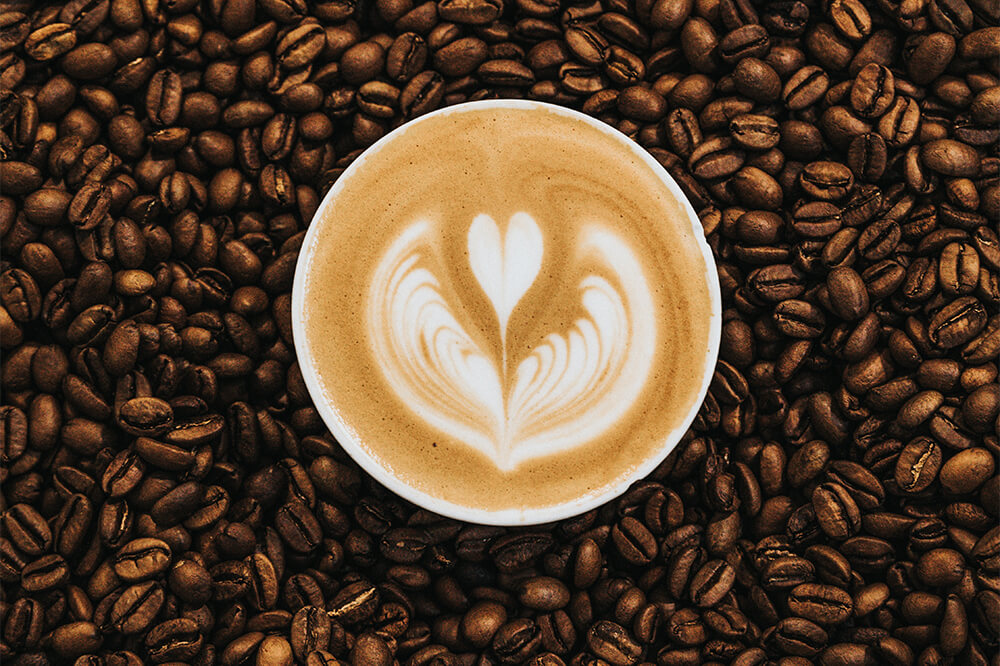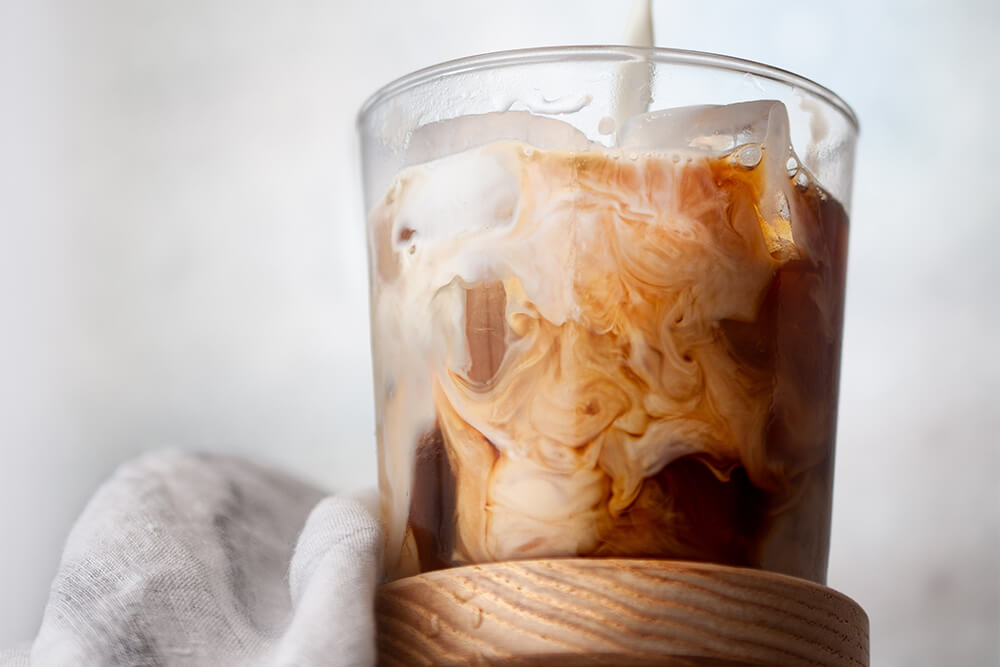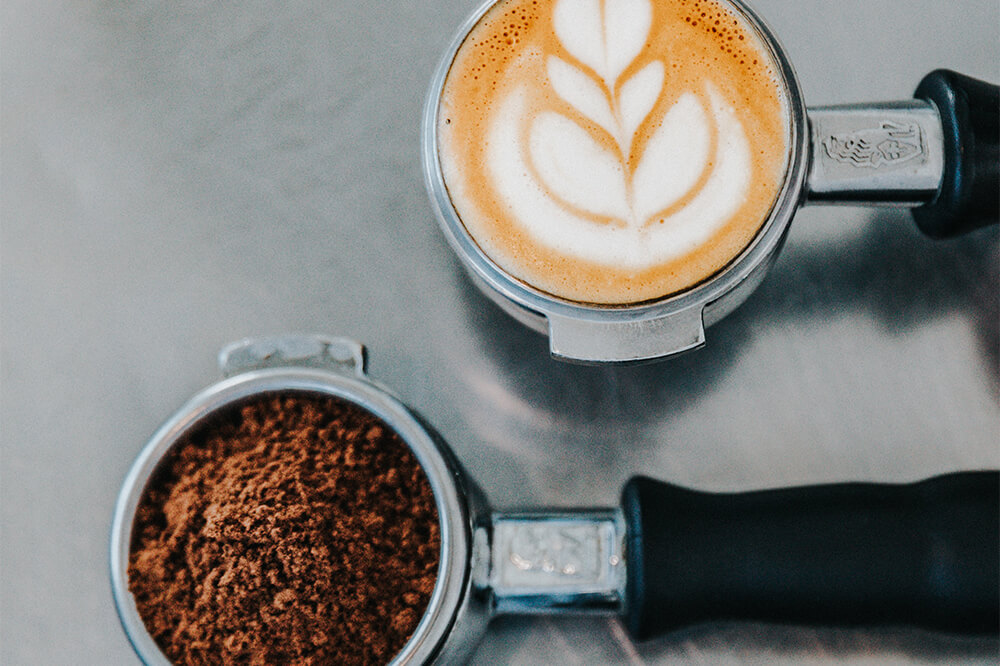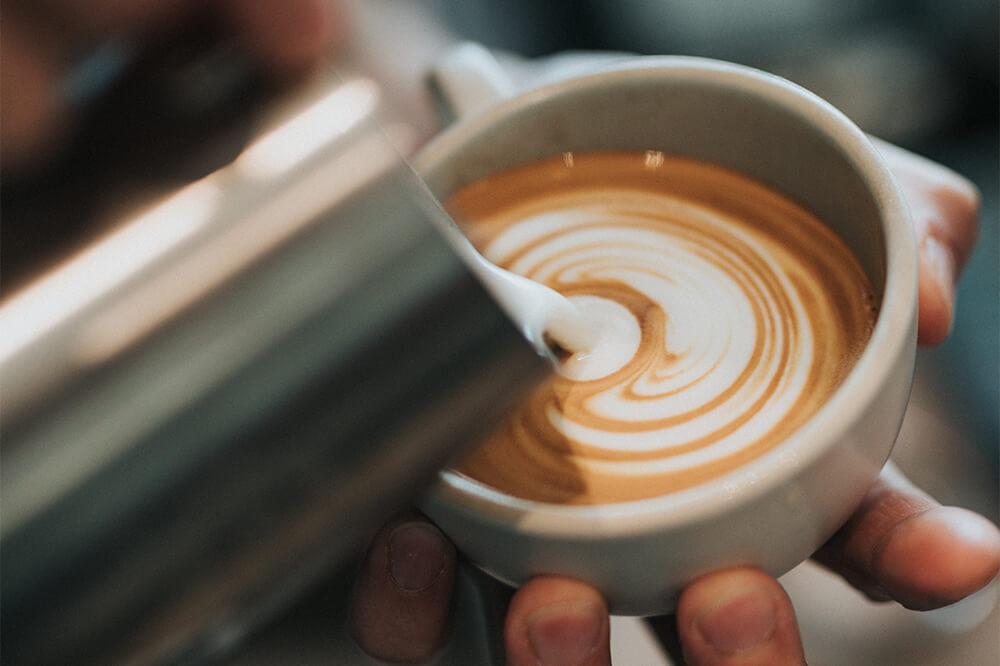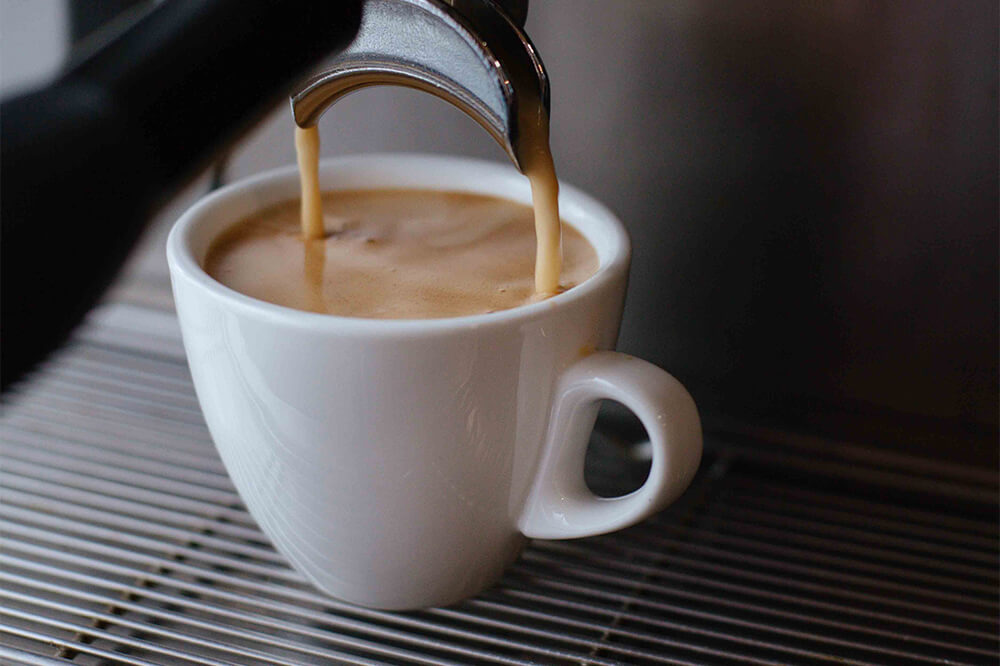The selection of espresso-based drinks available at coffee shops can be confusing. It’s simple to become lost in the jargon when there are so many options. Finding your ideal coffee drink requires understanding the differences between a cappuccino, latte, macchiato, and mocha. Each of these well-known espresso beverages will be discussed in this article along with their distinctive qualities.
Cappuccino: The Perfect Combination of Espresso, Milk, and Foam
The cappuccino is the standard espresso-based beverage for coffee lovers all around the world. This well-known Italian beverage, which is famous for its distinctive combination of espresso, milk, and foam, has established itself as a standard in both households and cafes. We will examine the background and components of this delectable beverage in further detail in this article, as well as why it has grown to be a cherished classic.
A Synopsis of the Cappuccino's History
The early 20th century in Italy is where the cappuccino first appeared. Italian cafes were serving espresso more often at this point, and baristas were experimenting with new ways to make and serve it. The “kapuziner,” a variation made with espresso, milk, and sugar, was one of the most well-liked versions. With the addition of steamed milk and milk froth, this beverage eventually changed into the cappuccino we know and love today.
The cappuccino is often drunk in the morning in Italy as part of breakfast. It is beloved for its decadent, creamy flavor and energizing caffeine boost, and is frequently served with a sweet pastry or biscotti. The cappuccino has spread to cafés and households all over the world and has come to represent Italian coffee culture.
Components of a Traditional Cappuccino
Espresso, milk, and foam are the three major components of a typical cappuccino. A shot of espresso is drawn and poured into a tiny cup to make a traditional cappuccino. Then, the same amount of warm milk is poured, and finally, milk foam is topped off. The outcome is a frothy, creamy beverage with the ideal ratio of coffee to milk.
The espresso is the most crucial ingredient of a cappuccino in terms of ingredient quality. A top-notch espresso will have a full-bodied, rich flavor with hints of fruit, chocolate, and caramel. Fresh, ice-cold milk that has been steamed to a temperature of 150–160°F is ideal for a cappuccino. Last but not least, the milk foam should have a creamy texture and be thick and silky.
The Appeal of the Cappuccino
Why therefore has the cappuccino grown to be such a cherished classic in the coffee industry? There are a few significant ones. One benefit of espresso, milk, and froth is that it produces a flavor that is rich, nuanced, delicious, and energizing. While the milk serves to moderate the strength of the coffee, the foam offers a creamy, foamy texture that enhances the espresso’s assertiveness.
The cappuccino is also a flexible beverage that can be consumed in a variety of contexts. It is a well-liked option for breakfast or brunch, but you can also have it as a post-dinner dessert or as a pick-me-up in the afternoon. In addition, due to its ease of preparation, it can be brewed at home using an excellent espresso machine and a little practice.
Latte: A Creamy and Mild Espresso-Based Beverage
The latte is one of the most widely consumed espresso-based beverages in the world. The latte has a smooth, creamy texture and a light coffee flavor. It is made with espresso, steamed milk, and a thin layer of milk foam. In this essay, we’ll look at the latte’s background, components, and reasons for its enduring popularity.
A Synopsis of the Latte's History
Like many other beverages made with espresso, the latte has Italian origins. The term “caffè latte,” which translates to “milk coffee,” is occasionally used to describe the beverage. The word “latte” really means “milk” in Italian. The latte’s precise ancestry is unknown, but it is believed to have developed from the cappuccino in the 1980s, when American cafes started experimenting with other espresso-based beverages.
Millions of people drink lattes every day and they are a mainstay in cafés and coffee shops today. It is frequently served in a tall glass or ceramic cup, usually with cocoa or cinnamon powder and a layer of milk foam on top.
Ingredients of a Classic Latte
Espresso, milk, and foam are the three basic components of a latte. However, the latte has more milk and less foam than a cappuccino. A shot of espresso is drawn and poured into a tall glass or ceramic cup to make a traditional latte. The cup is then added with hot milk until it is roughly 3/4 full. The final step is to apply a thin layer of milk foam on top to give it a creamy feel.
The espresso is still the most crucial ingredient in a latte in terms of the standard of the components. It should be of excellent quality, with a flavor that is rich and full-bodied and a pleasing scent. Fresh, ice-cold milk that has been heated to a temperature of 150–160°F is ideal for latte making. Finally, the milk foam should have a smooth, creamy texture and be thin, velvety, and full of little bubbles.
Why People Choose the Latte
Why therefore has the latte grown to be such a favorite among coffee drinkers? There are several of them. One reason is that the latte is a creamier, milder substitute for the strong, powerful flavor of the cappuccino. People who want a milder coffee flavor frequently choose it since the additional milk gives it a smoother, velvetier texture.
The latte is a versatile beverage that can be consumed in a number of different ways. It can be personalized with a number of tastes and syrups, such as vanilla, caramel, or hazelnut, and can be served hot or cold. It is also a common option for those who prefer milky, creamy coffee, and it can be a fantastic introduction to espresso-based drinks for those who are unfamiliar with them.
Macchiato: A Bold Espresso-Based Beverage with a Hint of Milk
The macchiato may be the ideal espresso-based beverage for you if you want robust, bold flavors in your coffee. The strongest caffeine boost without the sweetness of milk is provided by this robust beverage, which is made with only one shot of espresso and a dollop of milk foam. In this piece, we’ll look at the macchiato’s background, constituents, and why espresso purists have grown to love it so much.
A Synopsis of the Macchiato's History
The Italian word “macchiare,” which means “to stain or to mark,” is the source of the word “macchiato.” A single shot of espresso that has been “stained” or “marked” with a small bit of milk foam is used to make a typical macchiato. Although its precise origin is unknown, the macchiato is thought to have started in Italy and has since grown to be a favorite among espresso drinkers all over the world.
Components of a Traditional Macchiato
Espresso and milk foam are the only two components needed to make a traditional macchiato. High-quality espresso should have a strong, powerful flavor and a rich scent. A shot of espresso is drawn and poured into a tiny cup or glass to make a macchiato. The surface of the espresso is then marked or stained by the addition of a small amount of milk foam.
The milk foam should have little bubbles that give it a smooth and creamy texture, and it should be thick and velvety. The macchiato contains less milk than other espresso-based beverages, which helps to enhance the flavor and offer a hint of creaminess without dominating the strong espresso flavor.
Why People Choose the Macchiato
So why has the macchiato grown to be a favorite among coffee drinkers? There are several of them. For starters, the macchiato is a plain espresso-based beverage with a strong flavor that will appeal to purists of the coffee bean. The macchiato includes less milk than other espresso-based beverages like lattes or cappuccinos, allowing the espresso’s robust flavor to stand out.
Additionally, those who desire a quick and simple caffeine boost without the sweetness of milk or the intricacy of other espresso-based drinks frequently opt for the macchiato. Given how little milk is used in a macchiato, it is also a wonderful alternative for those who are lactose intolerant or want a dairy-free diet.
Mocha: A Sweet and Indulgent Coffee Beverage with a Chocolate Twist
The mocha may be the ideal beverage for you if you enjoy both coffee and chocolate. Espresso, steaming milk, and chocolate syrup or powder are combined to create this decadent coffee drink. We’ll examine the mocha’s background, components, and why it has grown to be a popular coffee drink among those who enjoy sweet things in this post.
A Synopsis of the Mocha's History
The Yemeni port city of Mocha, which historically served as a significant hub for the trading and production of coffee, gives its name to the mocha. The peculiar coffee beans from Mocha, which had a deep, chocolaty flavor, were well-known around the world. When coffee from Mocha was transported to Europe in the 16th century, it soon gained popularity. Over time, the flavor combination of coffee and chocolate gained popularity, giving rise to the current mocha.
What goes into a Classic Mocha?
Three essential components go into making a traditional mocha: espresso, steamed milk, and chocolate syrup or powder. High-quality espresso should have a robust flavor that can compete with the sweetness of the chocolate. A shot of espresso is drawn and poured into a cup or glass to make a mocha. Then, steaming milk and chocolate syrup or powder are added, giving the drink a creamy, decadent texture.
There are a few options available for the chocolate that goes into a mocha. Some coffee shops add a thick, sweet liquid called chocolate syrup to the espresso and milk. Others use chocolate powder, a finer, more concentrated kind of chocolate that they combine with milk and espresso to achieve a velvety, smooth texture.
Why People Choose the Mocha
Why therefore has the mocha become such a well-liked coffee flavor? There are several of them. For starters, adding chocolate syrup or powder results in a flavor that is rich and decadent and is ideal for people who like sweets. The mocha is a delightful and fulfilling way to savor this classic mix of coffee and chocolate, which has been a favorite for ages.
The mocha is another a well-liked option for those seeking a sweet and decadent coffee drink that is nevertheless crafted with premium espresso. Real espresso is used to make the mocha, as opposed to other sweet coffee drinks like frappuccinos or sugary coffee syrups, giving it a strong, rich flavor that is not overrun by sweetness.
Cappuccino, Latte, Macchiato, and Mocha: The Art of Espresso-Based Beverages
Making espresso-based drinks is both a science and an art in the world of coffee. These beverages are a monument to the talent and creativity of the barista, from the ideal ratio of espresso to milk to the elaborate patterns crafted by baristas on top of the froth.
Knowing the Milk and Espresso Ratios for Cappuccino, Latte, Macchiato, and Mocha
What distinguishes each of these beverages from the others is the ratio of milk to espresso. Finding your ideal coffee drink and making a drink that suits your tastes require an understanding of these balances.
In conclusion, espresso-based drinks with a variety of flavors that appeal to all palates include cappuccino, latte, macchiato, and mocha. These beverages have plenty to offer whether you enjoy a robust and flavorful cup of coffee or a sweet and creamy delight. Finding your ideal coffee drink and fully appreciating the art of espresso-based drinks will be possible if you have a thorough awareness of the differences between these well-liked beverages.
